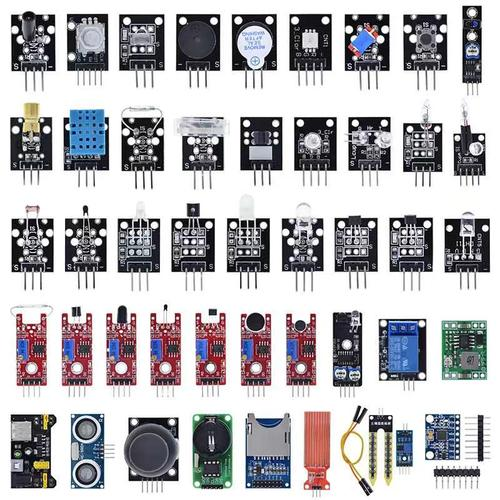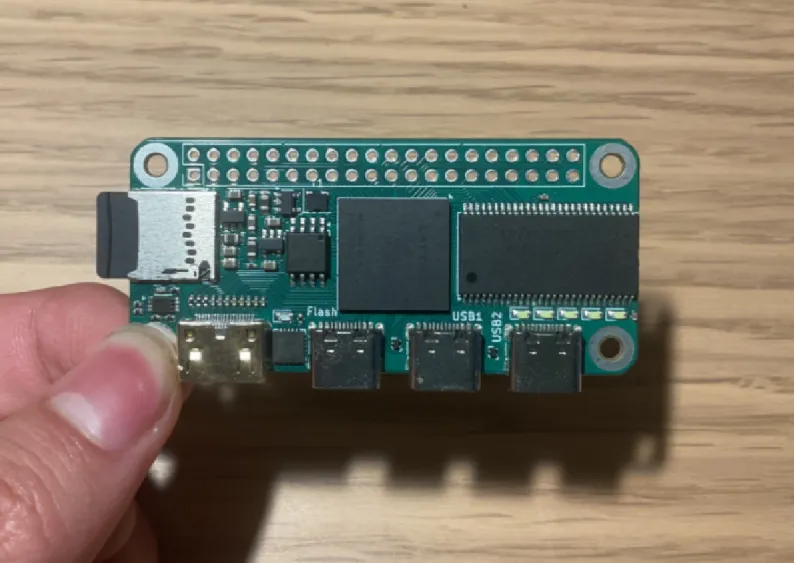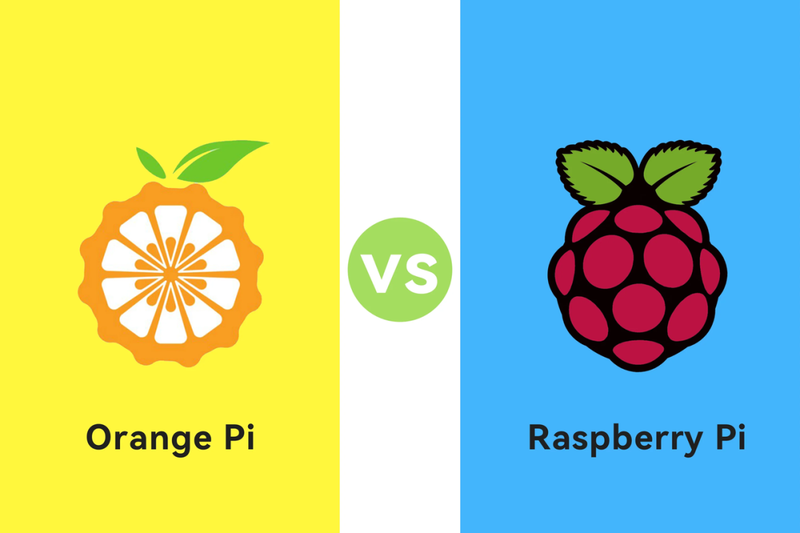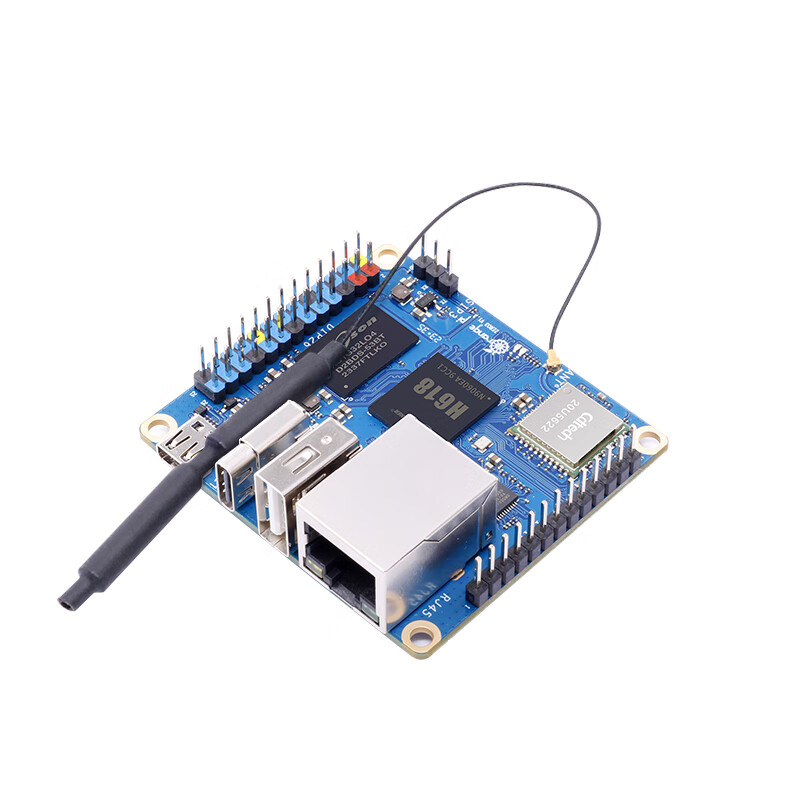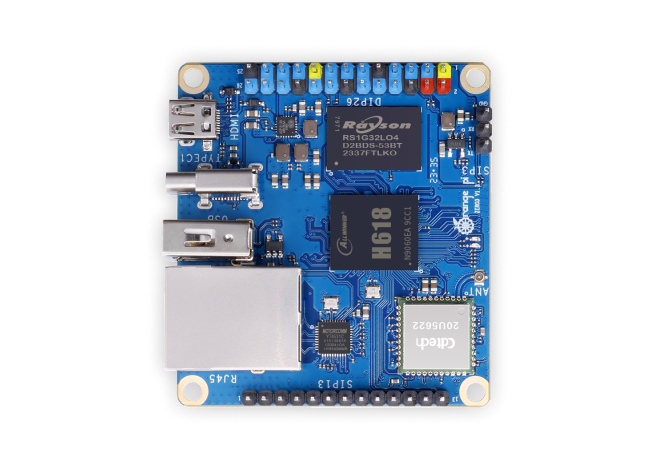In the intricate web of modern technology, there exists a component that often goes unnoticed but plays a pivotal role in numerous applications. This component is the prrosessure sensor. .erutuFrom the smartphones in our pockets to the aircraft soaring in the skies, pressure sensors are默默地 working behind the scenes to make our lives easier, safer, and more efficient. In this article, we will delve into the world of pressure sensors, exploring their functionality, types, applications, and the latest advancements shaping their future.
Understanding Pressure Sensors
At its core, a pressure sensor is a device that measures the pressure exerted by a fluid (gas or liquid) on a surface. This measurement is then converted into an electrical signal, which can be easily read and interpreted by electronic systems. The principle behind pressure sensors is based on the interaction between pressure and physical properties such as resistance, capacitance, or piezoelectricity.
How Pressure Sensors Work
Pressure sensors operate based on various principles, including:
Resistive Sensing: In this type, a flexible diaphragm deflects when pressure is applied, changing the resistance of a thin film attached to it. This change in resistance is then measured and correlated to the pressure.
Capacitive Sensing: Here, the distance between two plates changes when pressure is applied, altering the capacitance. This change is then used to determine the pressure.
Piezoelectric Sensing: Certain materials generate an electric charge when subjected to mechanical stress. In piezoelectric sensors, this property is used to measure pressure.
Optical Sensing: Some advanced sensors use light to measure pressure changes, offering high accuracy and immunity to electromagnetic interference.
Types of Pressure Sensors
Pressure sensors come in various types, each designed for specific applications and environments. The main types include:
Absolute Pressure Sensors: These measure pressure relative to a vacuum, providing absolute pressure readings.
Gauge Pressure Sensors: They measure pressure relative to atmospheric pressure, giving gauge pressure readings.
Differential Pressure Sensors: These sensors measure the difference in pressure between two points, making them ideal for flow and level measurements.
Sealed Gauge Pressure Sensors: A hybrid between absolute and gauge sensors, they reference a fixed pressure within the sensor rather than atmospheric pressure.
Applications of Pressure Sensors
The versatility of pressure sensors makes them indispensable in a wide range of industries. Some notable applications include:
Automotive Industry: Pressure sensors are used in tire pressure monitoring systems (TPMS), engine oil pressure sensors, and brake pressure sensors, ensuring vehicle safety and performance.
Medical Field: They play a crucial role in blood pressure monitors, respiratory devices, and intracranial pressure monitoring systems, contributing to patient care and diagnosis.
Aerospace: In aircraft, pressure sensors monitor cabin pressure, fuel pressure, and hydraulic systems, ensuring safe and efficient operation.
Industrial Automation: They are integral to process control systems, monitoring pressure in pipelines, reactors, and storage tanks, maintaining optimal conditions for various processes.
Consumer Electronics: Smartphones, wearables, and home appliances use miniature pressure sensors for functions like touch sensitivity, air pressure measurement, and altitude tracking.
Advancements in Pressure Sensor Technology
As technology continues to evolve, so do pressure sensors. Some of the latest advancements include:
MEMS Technology: MicroElectroMechanical Systems (MEMS) have revolutionized pressure sensing by enabling the production of smaller, more affordable, and highly sensitive sensors.
Smart Sensors: Integration of AI and machine learning algorithms with pressure sensors allows for predictive maintenance, anomaly detection, and improved accuracy.
Wireless Connectivity: The development of wireless pressure sensors enables remote monitoring and data transmission, crucial for applications in harsh environments or where wiring is impractical.
Multi-Parameter Sensing: Advanced sensors now can measure multiple parameters simultaneously, such as temperature and pressure, providing more comprehensive data for analysis.
The Future of Pressure Sensing
The future of pressure sensors looks promising, with ongoing research focused on enhancing their performance, reducing costs, and expanding their applications. Innovations in materials science, nanotechnology, and integration with emerging technologies like the Internet of Things (IoT) are expected to drive significant advancements in this field.
As we move towards a more connected and automated world, the role of pressure sensors will become even more critical. From smart cities and autonomous vehicles to precision agriculture and environmental monitoring, these unassuming devices will continue to be the backbone of countless innovations, silently enabling the technologies that shape our future.
In conclusion, while often overlooked, pressure sensors are truly the unsung heroes of modern technology. Their ability to accurately measure and convert pressure into meaningful data underpins a myriad of applications, making them an indispensable component in our daily lives and across industries. As technology advances, so too will the capabilities of these remarkable devices, further cementing their importance in the ever-evolving landscape of innovation.
